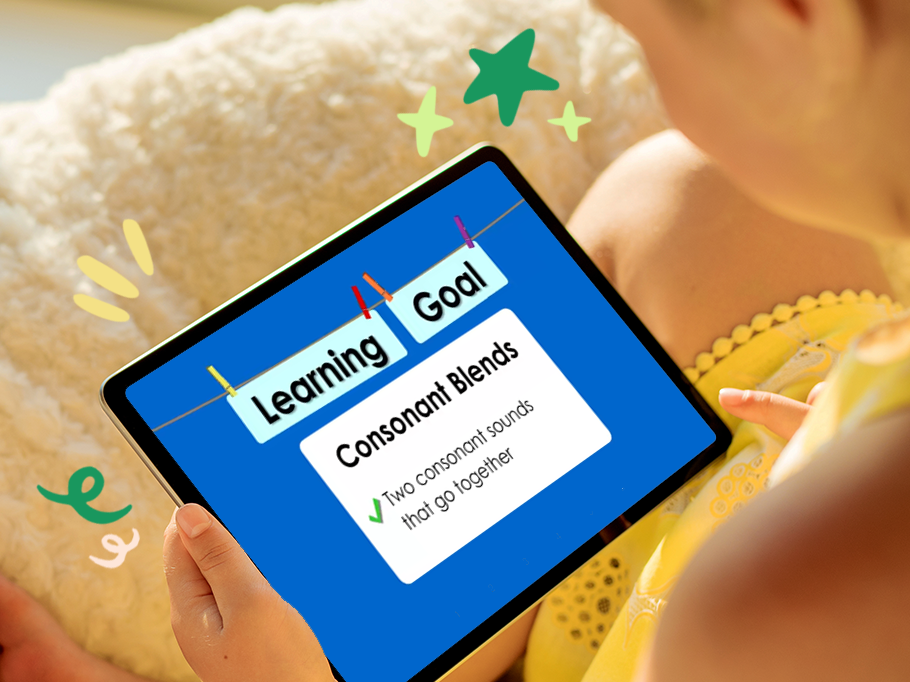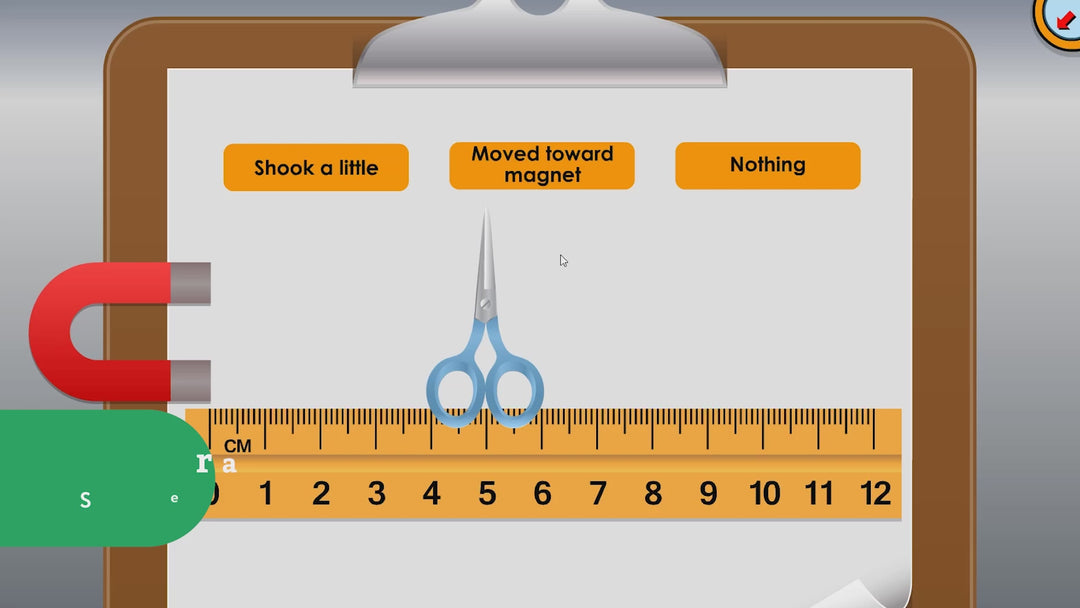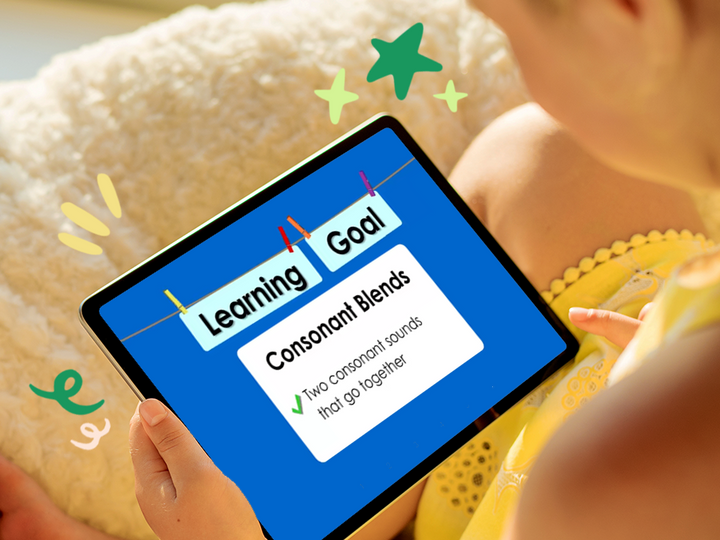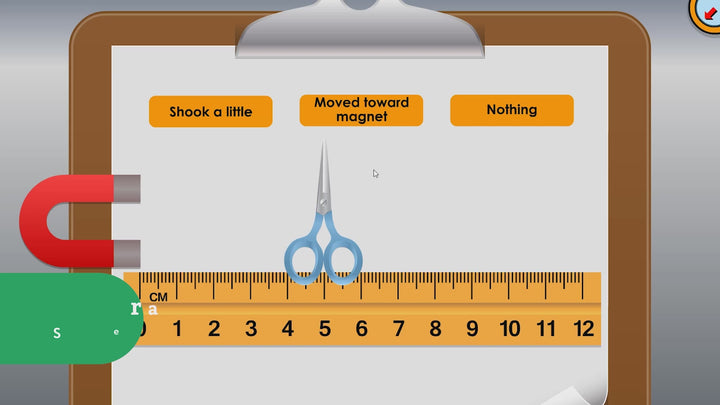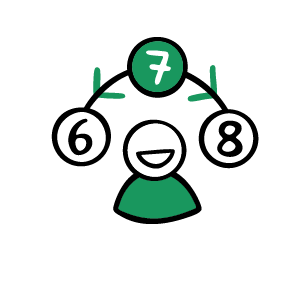First Grade Curriculum
- 4 courses included
- 14-day money back guarantee
- Update grade level anytime
Subscribe more students, save more!
10% off
2 students
20% off
3-5 students
25% off
6+ students
Your first grader is ready to explore the world to find answers to their questions. Our first grade curriculum helps build independent reading skills by expanding on phonics knowledge and reinforcing comprehension each step of the way. Kids grow math confidence through lessons on number sense, money, shapes, and even algebraic thinking. Science units teach learners to make hypotheses while exploring physical, life, and earth sciences.
First graders have learned the importance and value of reading and are building on their fluency. At Time4Learning we focus on extending phonemic awareness, word recognition and comprehension through interactive lessons that emphasize discussion and understanding.
At Time4Learning, first graders explore:
- A set of sight words to strengthen reading fluency
- Words can be decoded uses phonics patterns
- The meaning behind the stories, poems and other literature they read
- Expressing ourselves in writing can be exciting and fun
Our math curriculum focuses on interactive learning that builds and extends number sense.
At Time4Learning, first graders discover that:
- Addition and subtraction problems can be represented in a variety of ways including models, drawings, and equations
- Information collected by asking questions, counting, and observing is called data
- Shapes have specific attributes that define them
Our science curriculum grows learner knowledge through the research-based 5E Model: Engage, Explore, Explain, Extend, Evaluate.
At Time4Learning, first graders discover that:
- Science tools are important to scientific learning
- How tools help us study matter, energy, and even the weather
- Plants are living things and have certain needs
This outline shows an example of both what your child will learn (the scope) and the order in which the lessons build on each other (the sequence). More detailed lesson plans are available in the parent account. All lessons are entirely customizable.
First Grade Math
Chapter 1: Number Sense
- Count to 120
- Read and Write Numbers
Chapter 2: Comparing Numbers
- Compare with Symbols
- Ordering Numbers
Chapter 3: Place Value
- Tens and Ones
- Expanded Form
Chapter 4: Addition
- Using Pictures and Number Lines
- Addition Facts
Chapter 5: Subtraction
- Take Away and Compare
- Subtraction Facts
Chapter 6: Addition and Subtraction Strategies
- Fact Families
- Missing Numbers
Chapter 7: Word Problems
- One- and Two-Step Word Problems
Chapter 8: Properties of Operations
- Commutative and Associative
Chapter 9: Fractions
- Equal Parts
Chapter 10: Money
- Identifying Coins
- Counting Coins
Chapter 11: Time
- Hour and Half Hour
Chapter 12: Measurement
- Compare Lengths
Chapter 13: Data
- Picture Graphs
- Bar Graphs
Chapter 14: Geometry
- 2D and 3D Shapes
Chapter 15: Patterns
- Repeating and Growing Patterns
Chapter 16: Algebra Thinking
- Input/Output Tables
Chapter 17: Review and Test Prep
- Mixed Practice
Chapter 18: Math Tools
- Using Manipulatives and Charts
First Grade Language Arts
Chapter 1: Consonants and Short Vowels
- Letter Sounds and Blending
Chapter 2: Long Vowels and Digraphs
- a_e, i_e, o_e, u_e
- sh, ch, th, wh
Chapter 3: R-Controlled Vowels
- ar, er, ir, or, ur
Chapter 4: Diphthongs
- ou, ow, oi, oy
Chapter 5: Word Families and Phonics Patterns
- ack, ick, ock
Chapter 6: High-Frequency Words
- Sight Word Practice
Chapter 7: Vocabulary
- Synonyms, Antonyms, Homophones
Chapter 8: Spelling
- Weekly Lists and Assessments
Chapter 9: Nouns and Pronouns
- People, Places, Things
Chapter 10: Verbs
- Action and Linking
Chapter 11: Adjectives and Adverbs
- Describing Words
Chapter 12: Sentences
- Types of Sentences
- Punctuation
Chapter 13: Capitalization
- Names, Titles, Beginning of Sentences
Chapter 14: Reading Comprehension
- Main Idea and Details
- Sequencing and Retelling
Chapter 15: Listening and Speaking
- Responding to Stories
Chapter 16: Writing Sentences
- Subjects and Predicates
Chapter 17: Writing Paragraphs
- Topic Sentences and Support
Chapter 18: Opinion and Narrative Writing
- Personal and Imaginative Writing
Chapter 19: Informational Writing
- How-To and Report Writing
First Grade Science
Chapter 1: Science Tools and Inquiry
- Using Tools to Observe
Chapter 2: Motion
- Pushes and Pulls
Chapter 3: Plants
- Parts and Needs
Chapter 4: Weather
- Weather Patterns and Seasons
